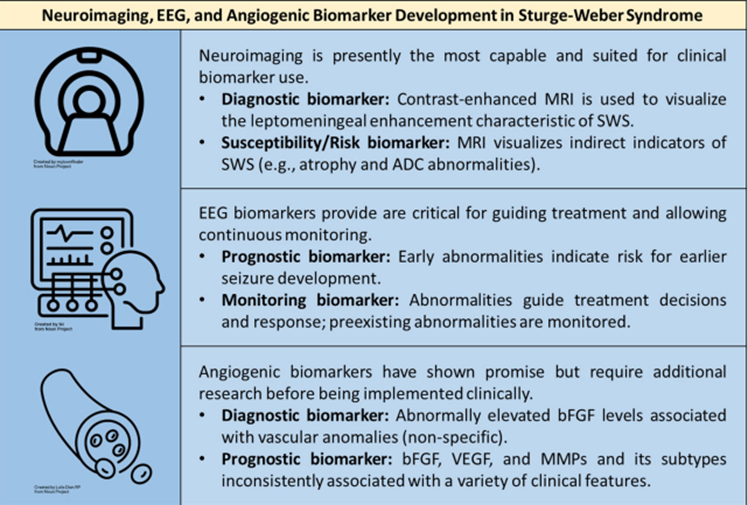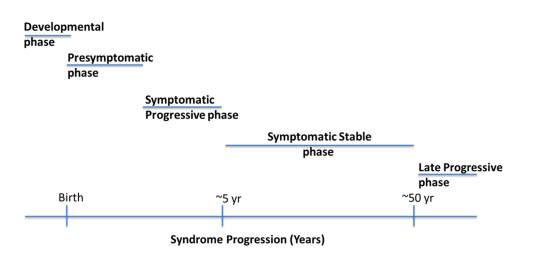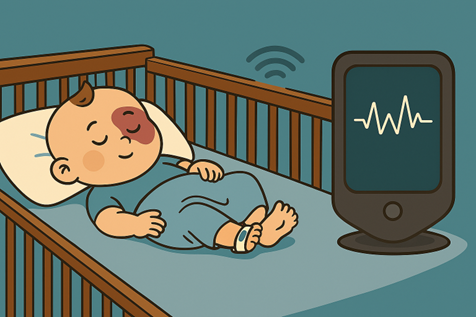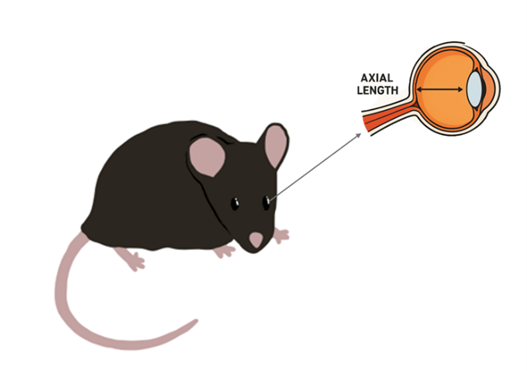To be involved with or to support these ongoing research efforts please contact Dr. Comi at Comi@KennedyKrieger.org.
Biomarker Development Efforts Continue
We continue to develop new collaborations and to seek additional funding to support our research by applying artificial intelligence for the continued development of brain MRI and quantitative EEG as biomarkers to improve the clinical diagnosis, monitoring and prognosis of patients with SWS and to determine their ability to predict treatment responses. Refer to Figure 1 to learn more about these biomarkers. For more information, please reach out and we are happy to share a copy of our recently published review on this topic:

This review summarizes past, ongoing, and future research needed to explore both diagnostic and prognostic biomarkers aimed to improve clinical care for SWS. SWS requires multidisciplinary monitoring and management, and early identification of the disease can help improve neurological outcomes. The recent advancements in biomarker research may contribute to earlier diagnoses and better prognosis, and allow for improved monitoring of treatment response. See Figure 2 to better understand the progression of SWS over a lifetime. Biomarkers, coupled with clinical data, may allow for presymptomatic treatment initiation in infants with SWS, an important avenue of future research.
Outcomes in Adults with SWS
Katharine E. Joslyn, Catherine Stephan, Bernard A. Cohen, Stacy J. Suskauer, Courtney L. Kraus, Nara D. Sobreira, Anna L. Grossberg, Anne M. Comi, Andrew T. Zabel

Due to the highly variable nature of SWS, long-term outcomes in adulthood are not well understood. We created a clinical needs assessment and sent it to all adult patients older than 18 years old with SWS to better understand the long-term vocational, educational, overall health and wellbeing, and medical and neurological outcomes in adulthood. Currently, we are gathering data to formulate analyses with the intention of publishing our results.
Infant Monitoring Device Usage in Infants with Sturge-Weber Syndrome

(created using Microsoft 365 Copilot).
Katharine E. Joslyn, Ashley N. Eisenberg, Veronica M. Lee, Linda Rozell-Shannon, Anne M. Comi
In this study, we created a clinical questionnaire to gauge parental experience using infant monitoring devices (IMD), like the Owlet and Nanit, and assessed their utility for detecting seizures in infants with SWS. This study is underway.
Sturge-Weber Syndrome Acute Crisis (SWAC) Index
Kieran D. McKenney, Luther G. Kalb, Adrienne M. Hammill, Anne M. Comi
In this study, we developed the Sturge-Weber Acute Crisis (SWAC) index based on clinical care guidelines and practical experience. This measure, capable of quantifying neurologic symptoms during an SWS acute crisis, was evaluated for its practical application. The SWAC was retrospectively applied to a prospective drug trial, with SWAC scores assigned for every acute crisis during 6-month baseline and treatment phases. This study is underway.
Seizure Susceptibility In SWS Mouse Model
Nicholas Truver, Solomon Comi, Anne Comi
We recently published a mouse model of SWS, where mice express the GNAQ gene variant responsible for many cases of SWS. Cells from these SWS mice brains have unique cell culture characteristics that we are currently studying.

Gene Therapy
We are currently developing a gene therapy to stop expression of the p.R183Q gene variant. Currently, we are testing the delivery system to ensure the treatment reaches the correct target tissues. We hope this therapy will be able to slow, stop or even reverse the progression of SWS.
Glaucoma Pilot Studies

We are measuring axial length and intraocular pressure in our SWS mouse model. Axial length measures how long the eye is, front to back, and higher values are linked to nearsightedness. Intraocular pressure is a measure of the fluid pressure inside the eye. High pressure is linked to glaucoma. We hope to gain a better understanding of the progression of glaucoma and vision problems over the lifespan in patients with SWS
